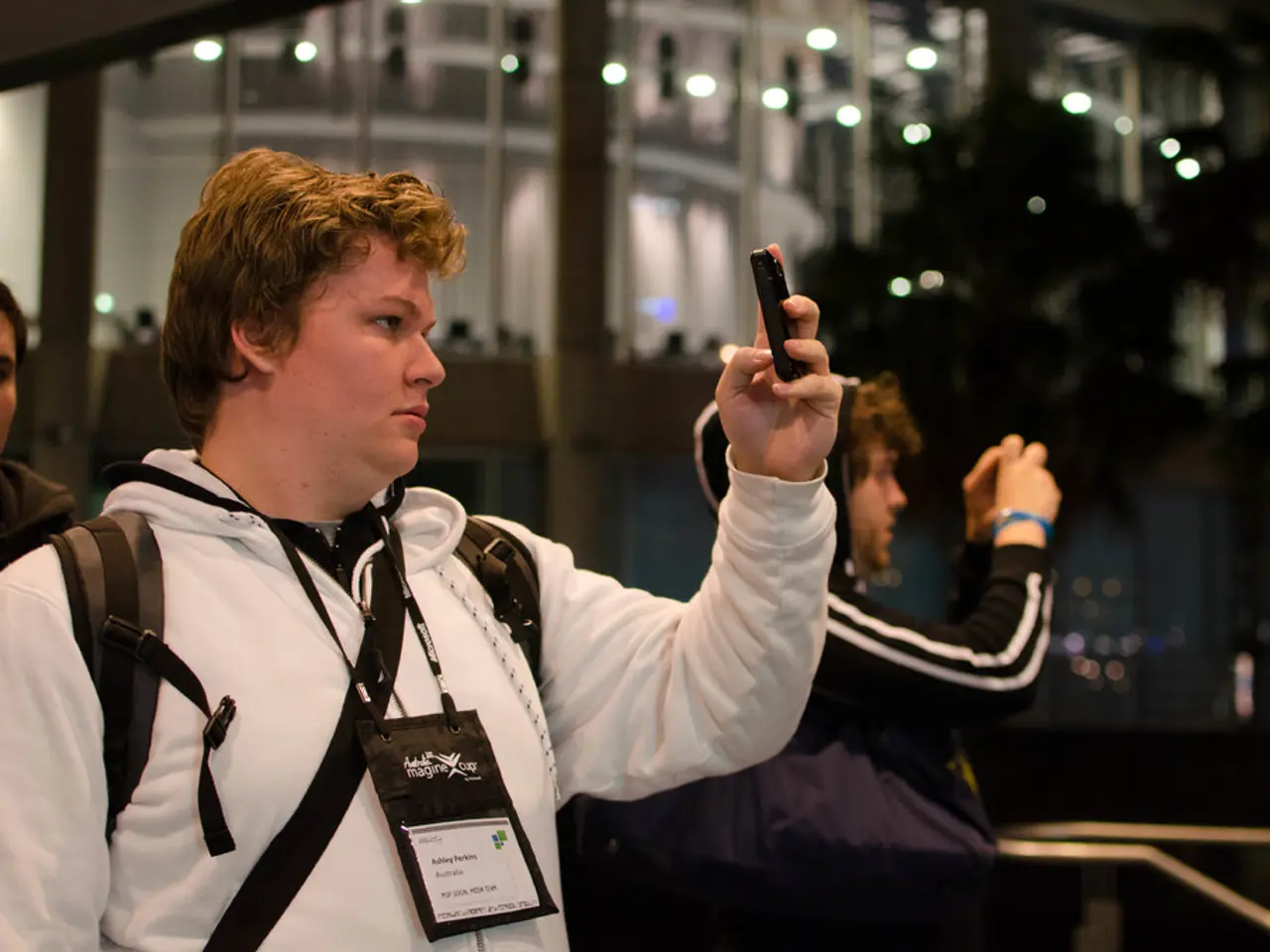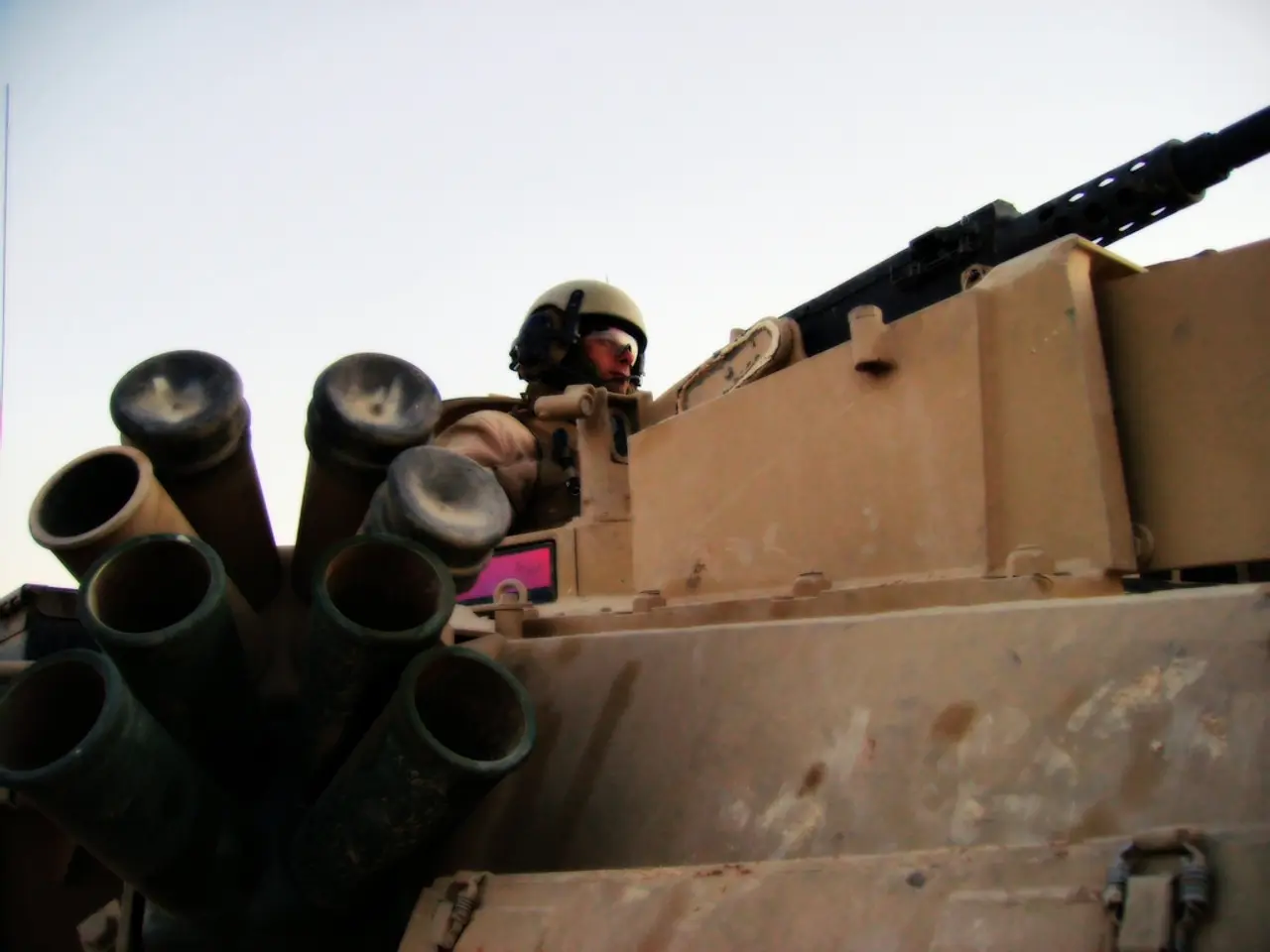Exploring the Evolution of User Experience Design in Virtual Reality
In the world of virtual reality (VR), the design process is no longer just about creating immersive experiences. It's about designing with the user at the heart of every decision. The VR design process is an iterative cycle of designing, testing, and refining a product based on user feedback and performance data.
The key stages of this process include Discovery and Hypotheses Formation, Design, Development and Testing, Iterative Refinement, and Measurement and Learning.
During the Discovery stage, designers identify user pain points and hypothesize possible solutions within the VR context. The Design stage follows, where initial VR concepts or prototypes are developed, focusing on essential features addressing user needs.
The Development and Testing stage involves building the VR experience using agile methods and testing it with users to gather feedback on usability and functionality. This stage is crucial for continuous iterative refinement.
The Iterative Refinement stage uses feedback from tests to improve and tweak the VR design continuously. Meanwhile, the Measurement and Learning stage collects and analyses data from user interactions in VR to inform future design decisions and ensure alignment with user goals and market needs.
One of the key advantages of the VR iterative design process is its ability to leverage immersive technologies for quicker, more visual, and context-rich testing and refinement cycles. Advances like AI can accelerate feedback and iteration in VR, complementing traditional User-Centered Design (UCD) methods that emphasize direct user involvement and usability testing over time.
While both approaches prioritize users, the VR iterative design process incorporates immersive technology to enable quicker, more visual, and context-rich testing and refinement cycles. Notable figures like renowned filmmaker Steven Spielberg have expressed interest in the medium of VR, recognising its potential for storytelling and immersive experiences.
In the Learn stage, usability testing with target users is conducted to gain insights into their behaviours, expectations, and pain points. This stage involves conducting more in-depth research about the target audience, their needs, expectations, and capabilities.
User comfort is a key consideration during the VR design process, with a focus on avoiding elements that might cause discomfort or dizziness. Accessibility should also be considered, with appropriate accommodations made for users with disabilities.
The VR design process varies from person to person and project to project, but resources like Jason Jerald's book, 'The VR Book: Human-Centered Design for Virtual Reality', Adobe XD's article on the intersection of UX and VR, and Frank Spillers, Founder of Experience Dynamics, provide valuable insights and guidance.
In essence, VR iterative design can be seen as a specialized, technology-enhanced form of user-centered design focused on virtual environments and experiences. It retains the user-centered principle of continuous feedback and improvement but leverages VR’s unique capabilities for prototyping, testing, and client engagement.
- The design stage in the VR iterative process involves creating initial VR concepts or prototypes, applying principles of interaction design to address user needs and improve usability.
- Accessibility is a significant aspect of the VR design process, ensuring that virtual experiences are inclusive and accessible to users with disabilities.
- The design thinking approach in VR is enhanced by utilizing technology for quicker, more visual, and context-rich user testing and refinement cycles, aiding in the creation of better user experiences.




